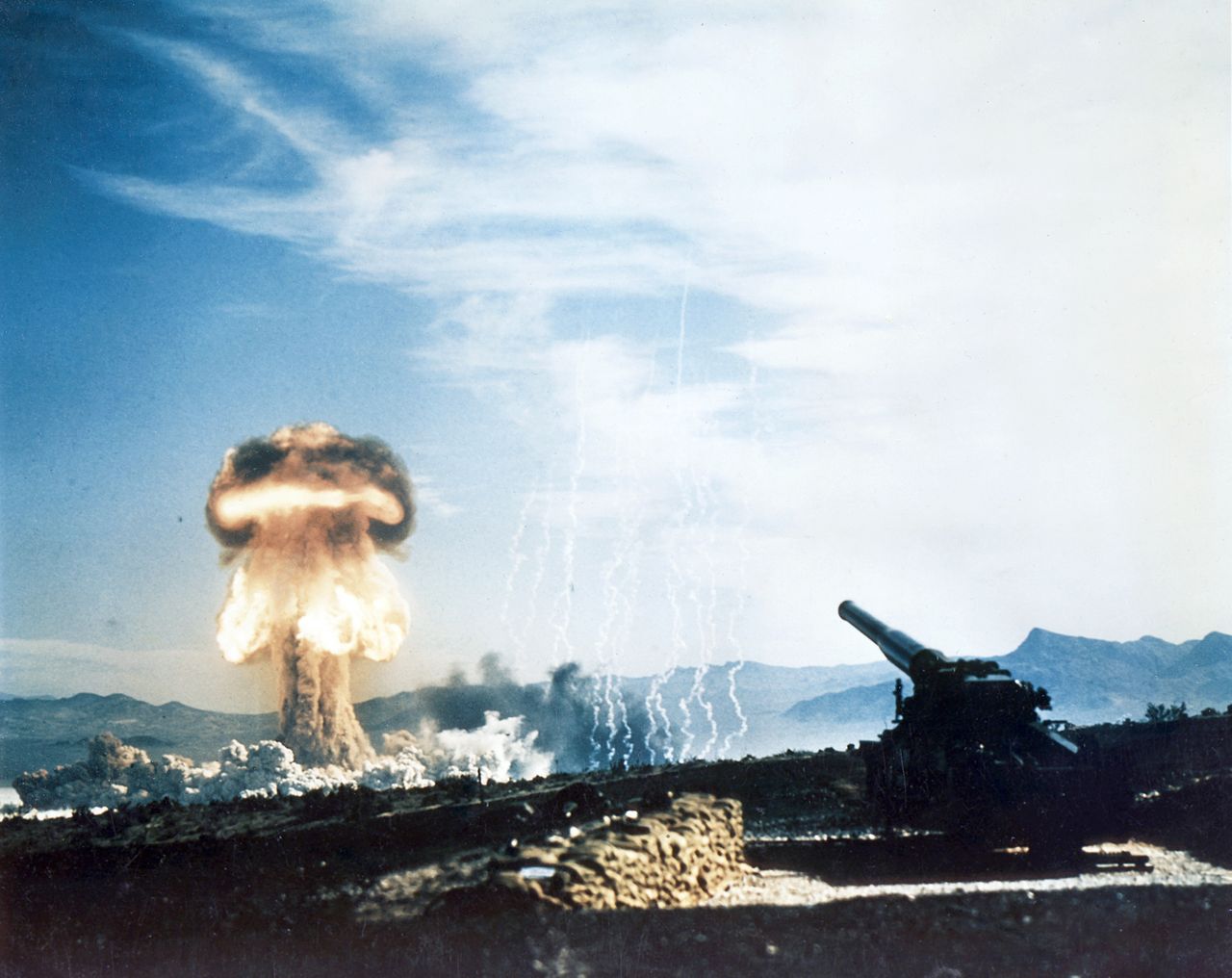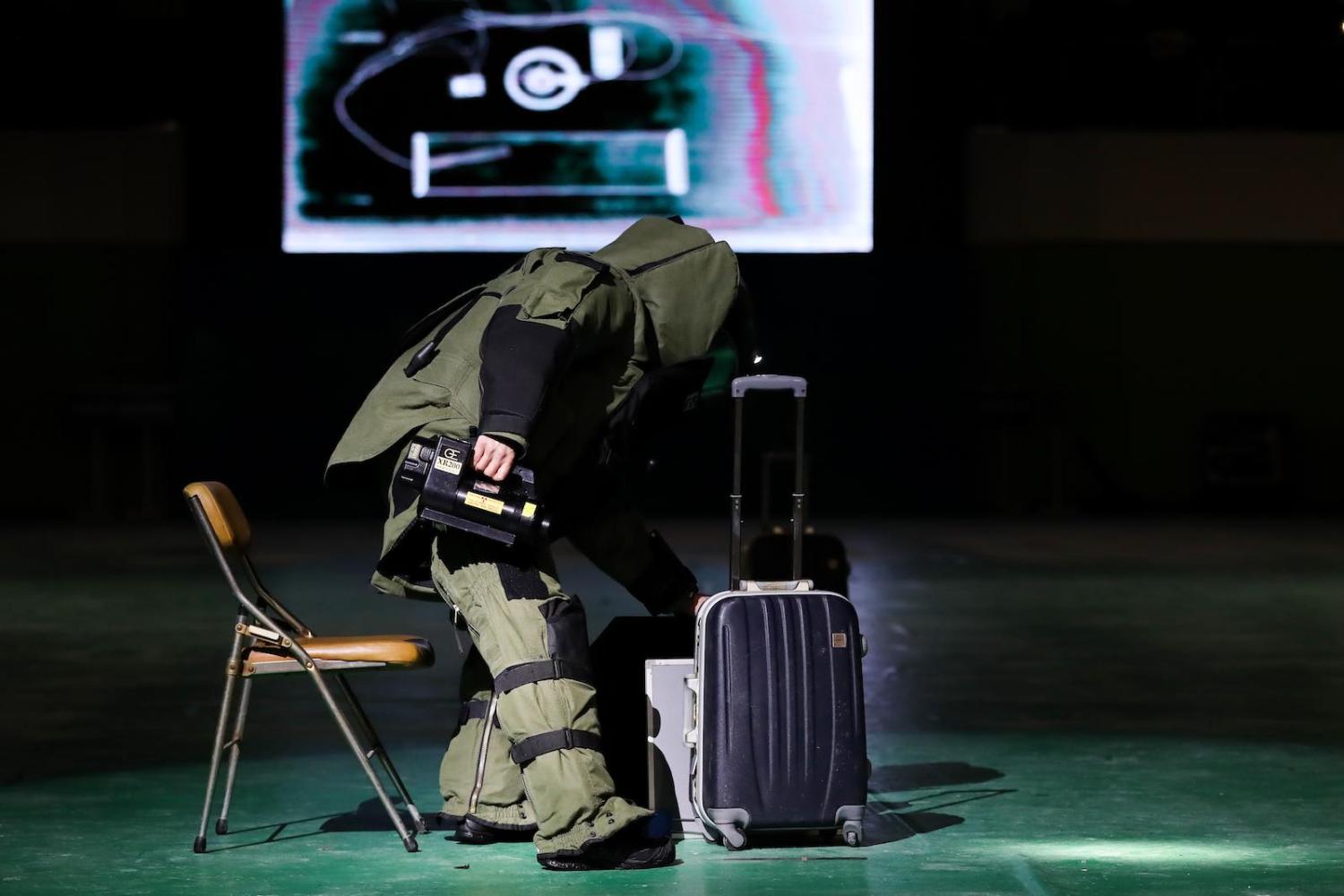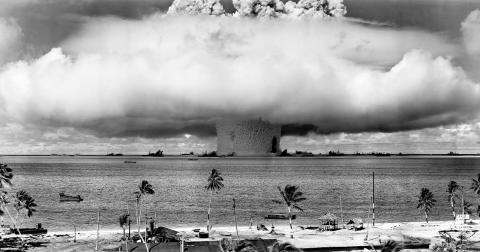Verifying North Korea’s nuclear stockpile will be a critical part of any future disarmament negotiations. As past experience with other nations demonstrates, it is also a tricky process.
North Korea will be expected to supply an inventory of their weapons stockpile, its fissile material and the facilities associated with its nuclear weapons program. So far, North Korea has refused to do this. And besides, even it does, there will still be plenty of scepticism of any such list.
The general perception of North Korea’s nuclear weapons is an arsenal of nuclear-tipped missiles. There is room for variety in the delivery systems, which could include anything from medium-range missiles designed to hit areas in South Korea, to submarine-launched missiles that could sail most of the way to their targets before they are launched.
But we cannot rule out the possibility that North Korea’s arsenal could be more diverse. The typical question facing analysts is to ask: “how many weapons?” Yet the scope needs to be expanded to consider how many different types of nuclear weapons could have been assembled, deployed, or planned.
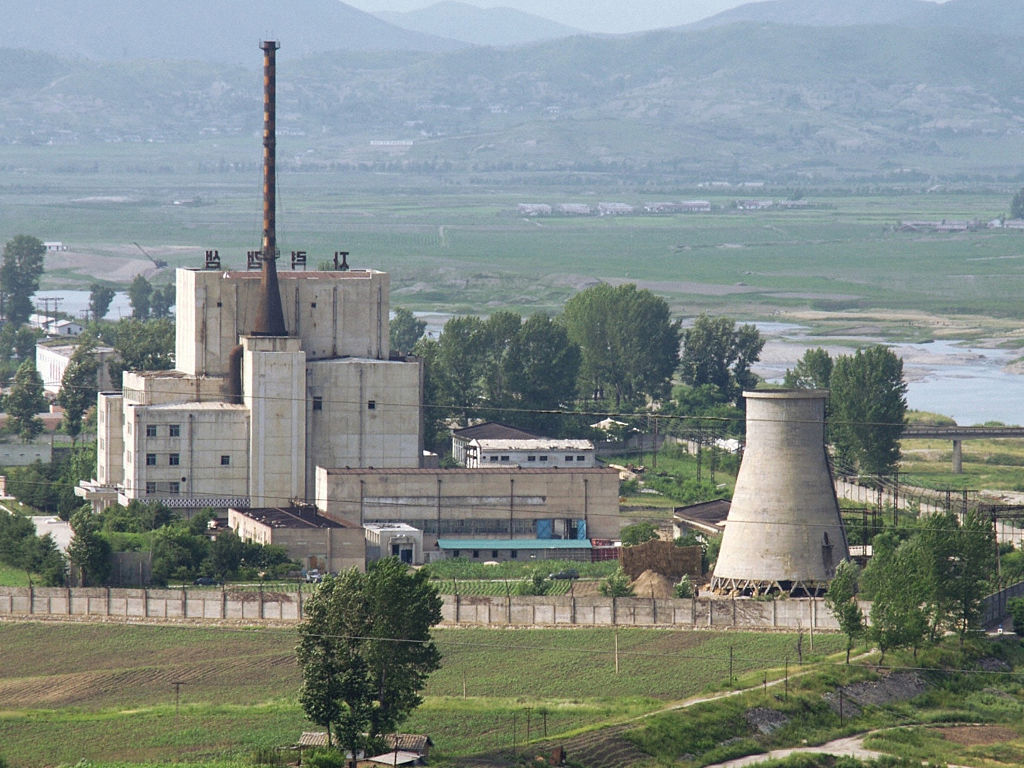
The first step in this reasoning is to consider the resources North Korea has invested in its uranium program. To put this in context, North Korea seems to have initially focused on plutonium as its fissile material for its first nuclear tests. But a uranium program has run in parallel for a long time.
Why run two distinct programs like this? One explanation could be redundancy, in case one system fails. That’s why, back in the 1940s, the Manhattan Project developed uranium and plutonium bombs in parallel.
The scope needs to be expanded to consider how many different types of nuclear weapons could have been assembled, deployed, or planned.
But there could be other factors. North Korea has demonstrated the feasibility of its plutonium weapons, which use material from the well-known Yongbyon nuclear complex. But Yongbyon is highly visible, and every attempt to extract plutonium from the reactor attracts a lot of attention. Shutting down the reactor and taking out the fuel would be difficult to hide. But Yongbyon also has a uranium enrichment plant that’s been shown to at least one foreign visitor.
Uranium enrichment requires a complex array of centrifuges. They are fragile and complex devices. But they can also be operated more discreetly. Rumours spread in strategic journals of other uranium enrichment sites beyond Yongbyon, and that seems highly plausible. So uranium enrichment is one way to produce more fissile material without being observed, or at least, observed less easily.
Uranium also offers more chance for discretion in terms of designing and testing some types of nuclear weapon. Plutonium devices need complex detonation systems that really need to be tested before they can be trusted. Early North Korean nuclear tests produced small yields, suggesting that its nuclear boffins were still working out the bugs. Larger yields in later tests suggest those problems have been solved. But the world has also been put on notice about the existence of these weapons and the yield. (It should be noted that one or more of the most recent tests could have used uranium, but we are not sure.)
For historical context, again back during the Second World War, the first nuclear detonation at Los Alamos was a plutonium device, which had to be tested before the first plutonium bomb was dropped on Nagasaki.
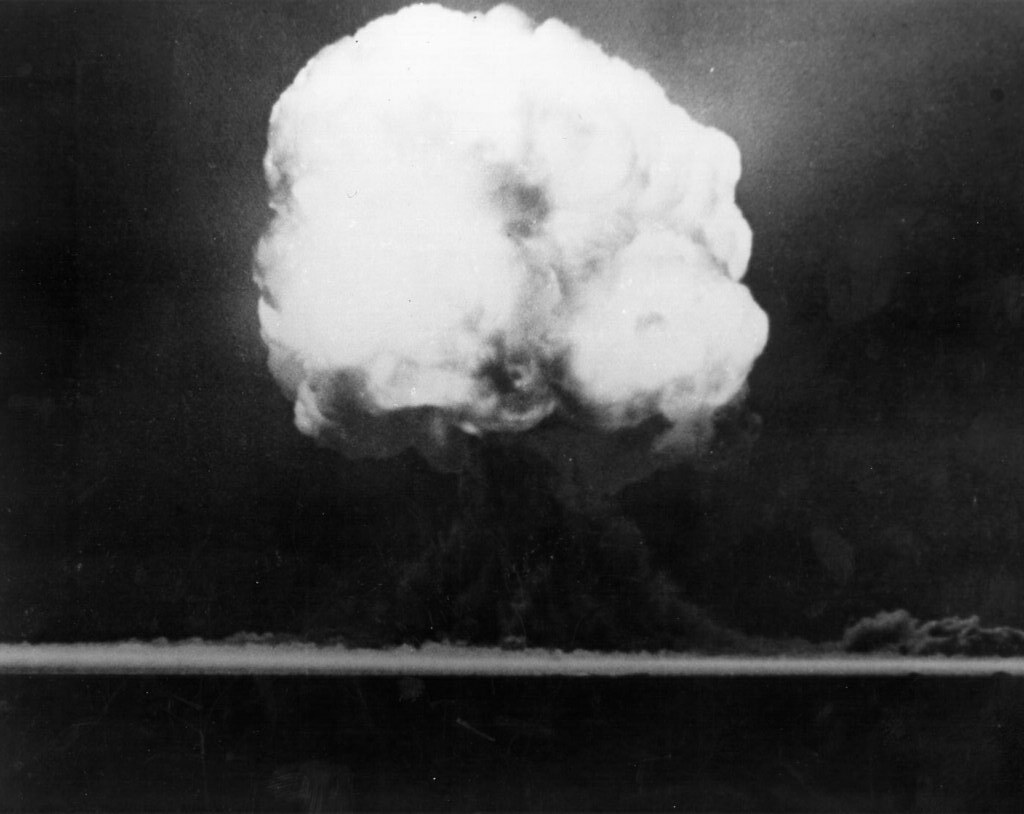
Uranium bombs can be made with more simplicity. The same type of “implosion” detonation system used in plutonium bombs can still be used with uranium, but there is also a simpler approach, called the “gun” design. This simply rams two pieces of uranium together at high speed to form a critical mass. It’s a system relatively easy to design and trust, so that such a weapon can be deployed without even being tested. Thus, the world’s first uranium weapon was dropped on Hiroshima without a previous test.
These advantages are worth recapping. Weapons-grade uranium can be produced more discreetly than plutonium. It can also be used to develop weapons that don’t need to be tested, and therefore will not be disclosed through test blasts. That makes a uranium program attractive to a covert nuclear weapons plan.
But there’s another angle that also needs to be considered. The simplest uranium weapon design is flexible. It could allow a greater variety of nuclear weapons to be developed, including some fairly small ones. In the past, the Soviet Union developed “suitcase nukes” for small demolition tasks in warfare, such as blowing up buildings. North Korea could use this approach to develop small nuclear artillery weapons (also built in the past), or nuclear land mines. Nuclear bombs dropped from aircraft are another option, although there is good reason to be sceptical of this prospect. North Korea’s air force is no match for any likely enemies, and would struggle to penetrate the air defences of any nearby countries.
North Korea’s military suffers from deficiencies in various angles, including the fitness and morale of its conscript army. Nuclear weapons are thus one way to compensate for the problems of the nation’s conventional forces. This suggests that nuclear weapons could be adapted to be more than just deterrents or large-scale attack options.
The North Korean nuclear arsenal could be larger and more diverse than analysts may suspect. This will complicate any future verification strategies. It could also make the prospect of a second Korean War even more dangerous.
